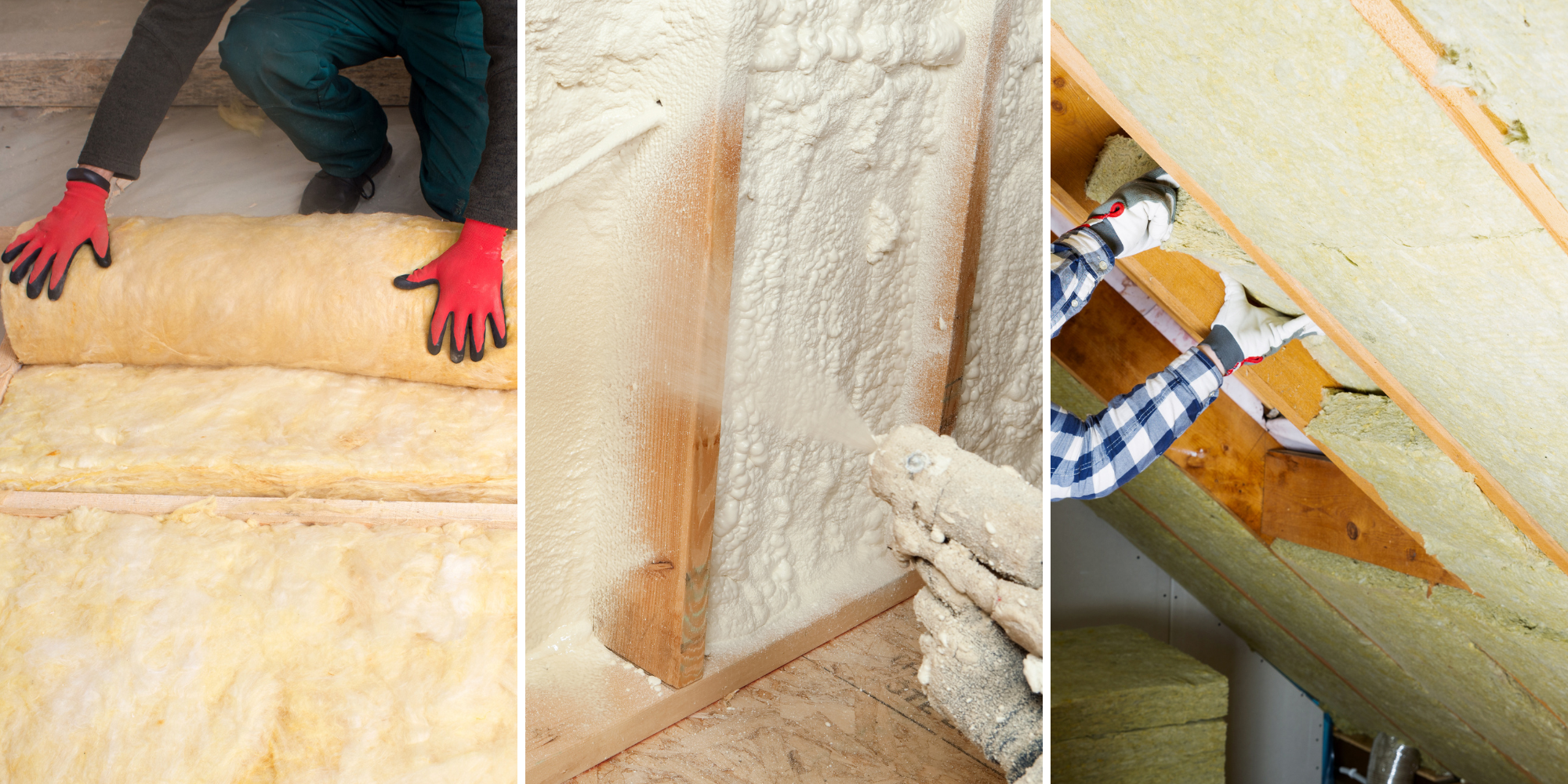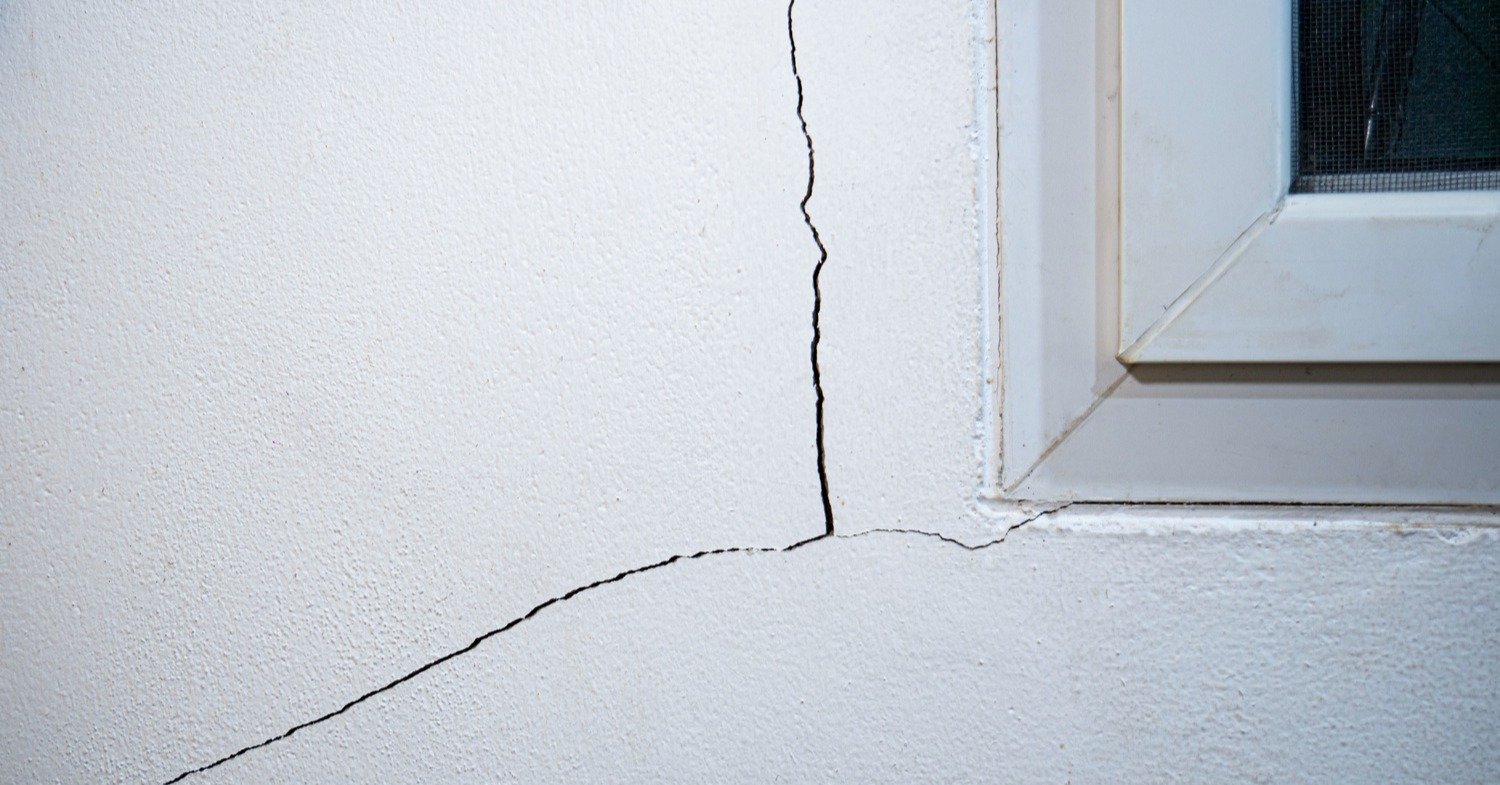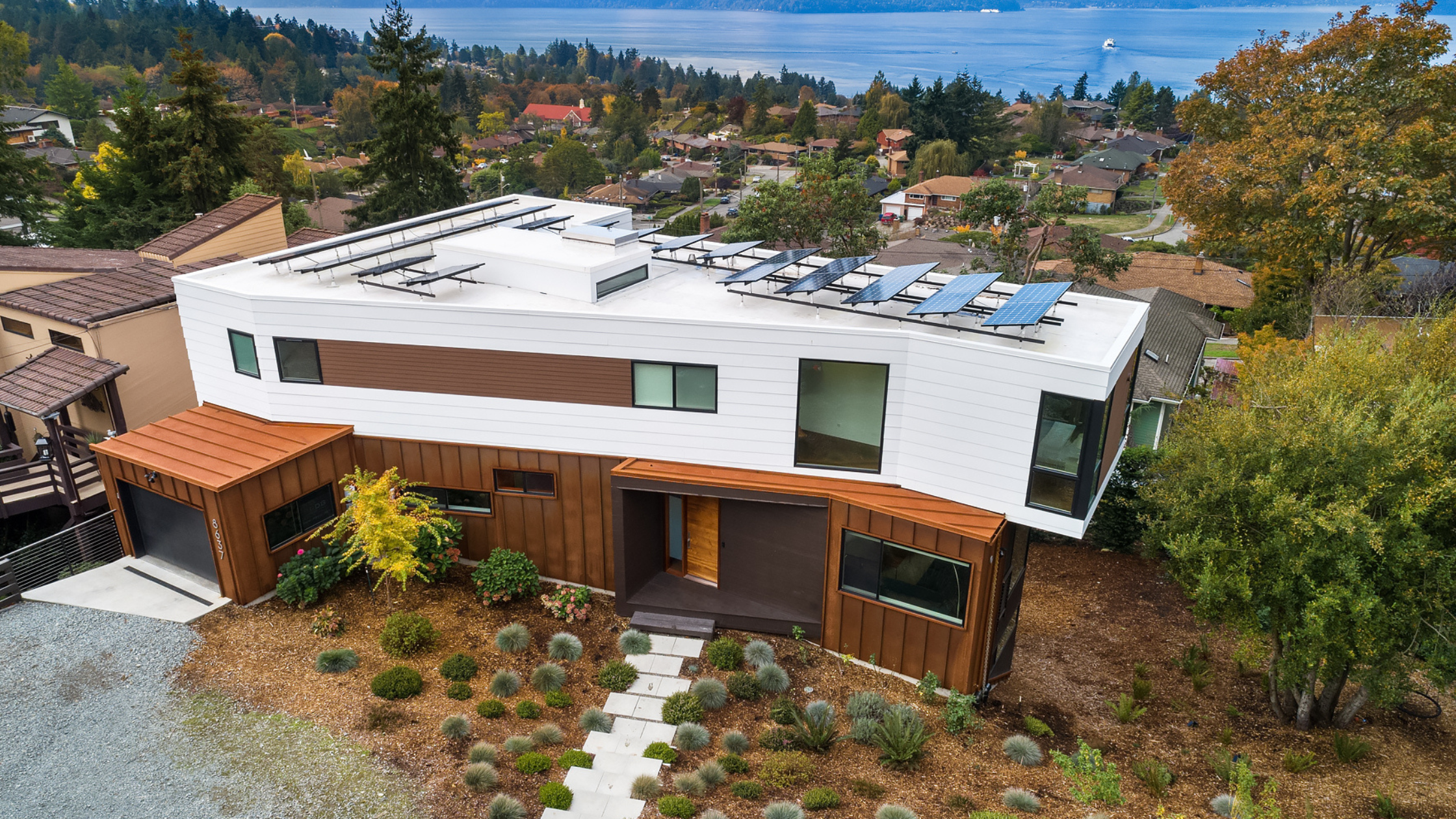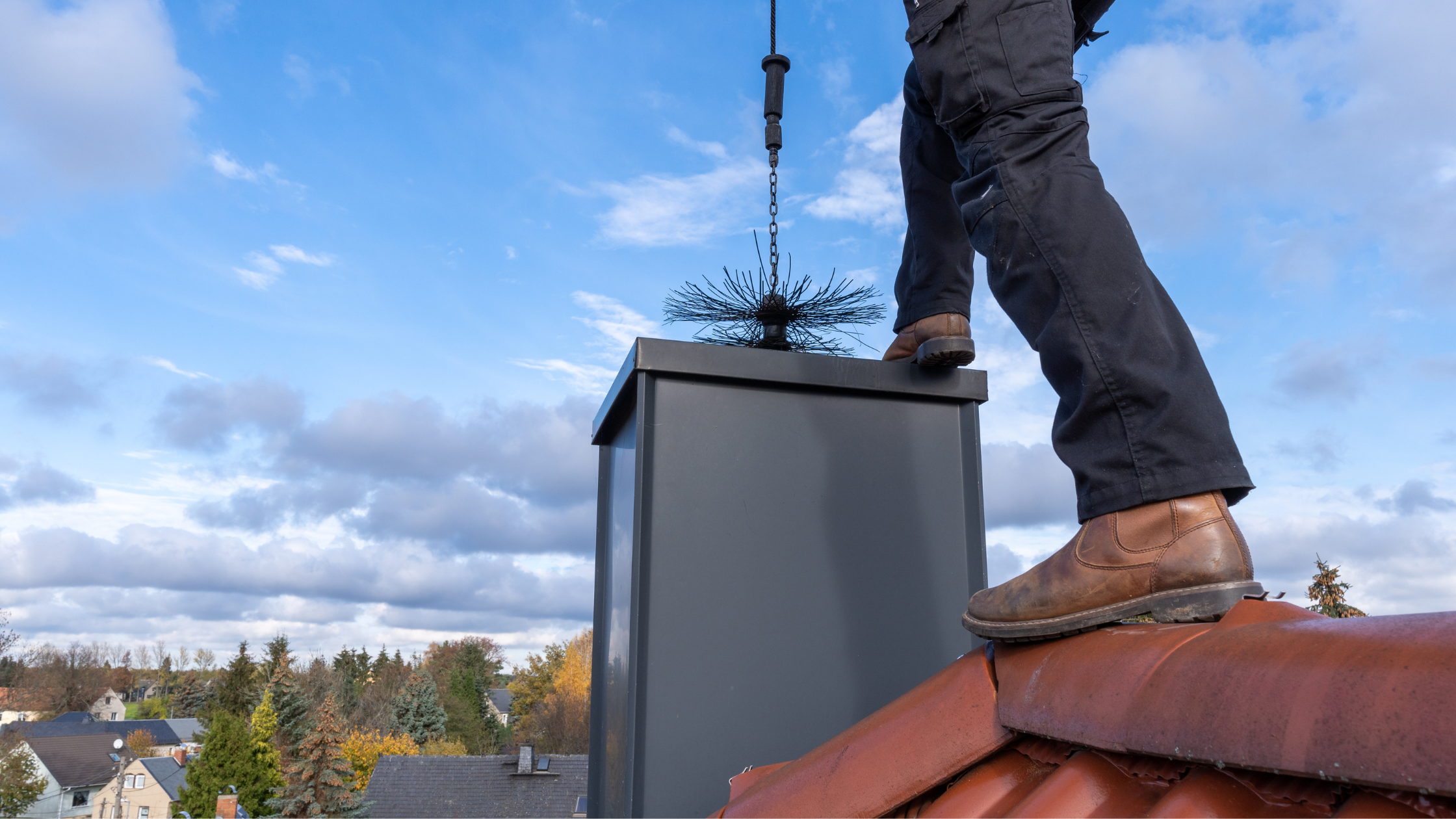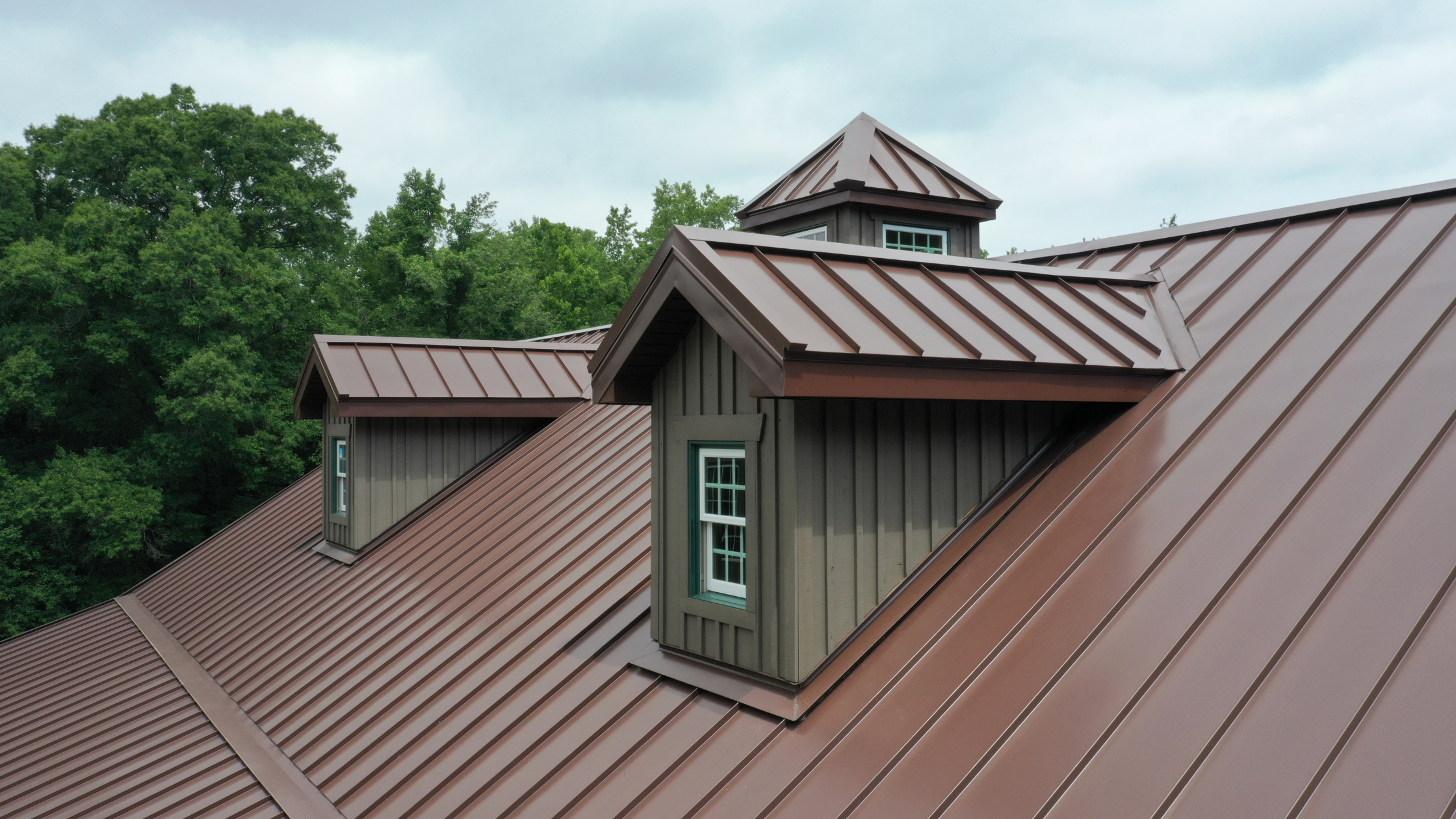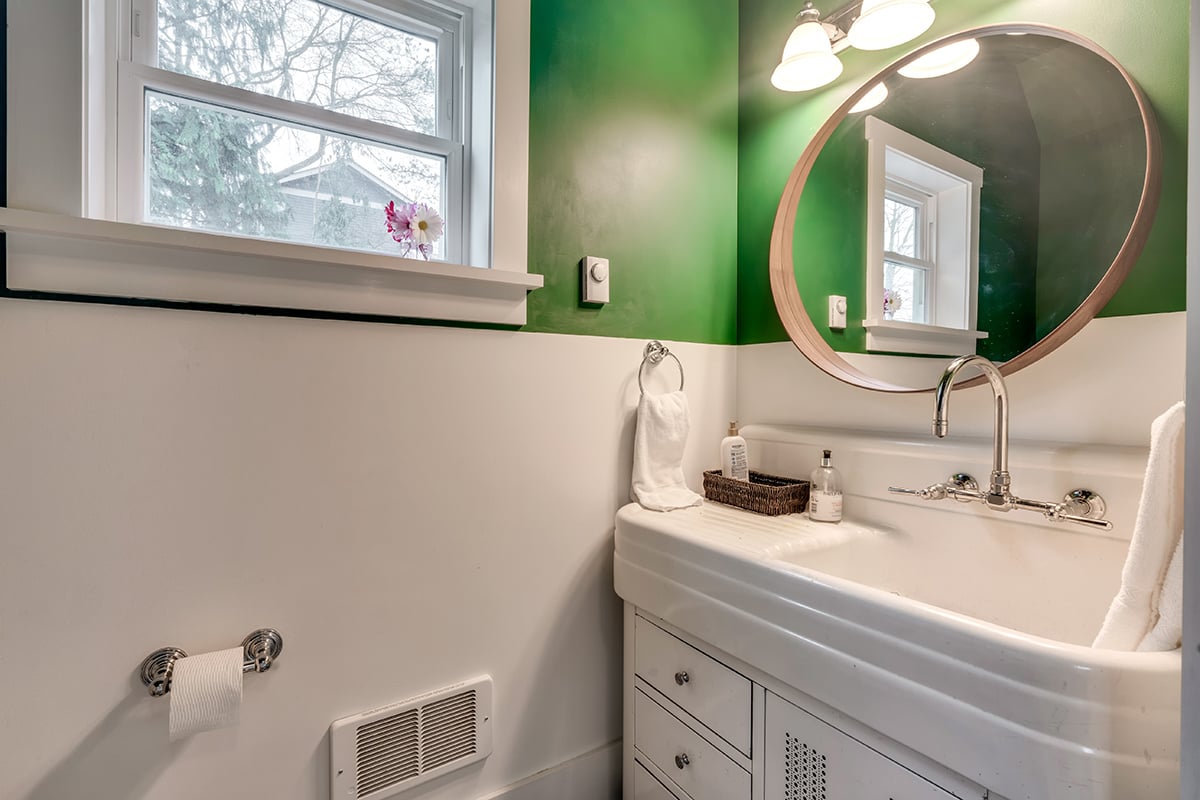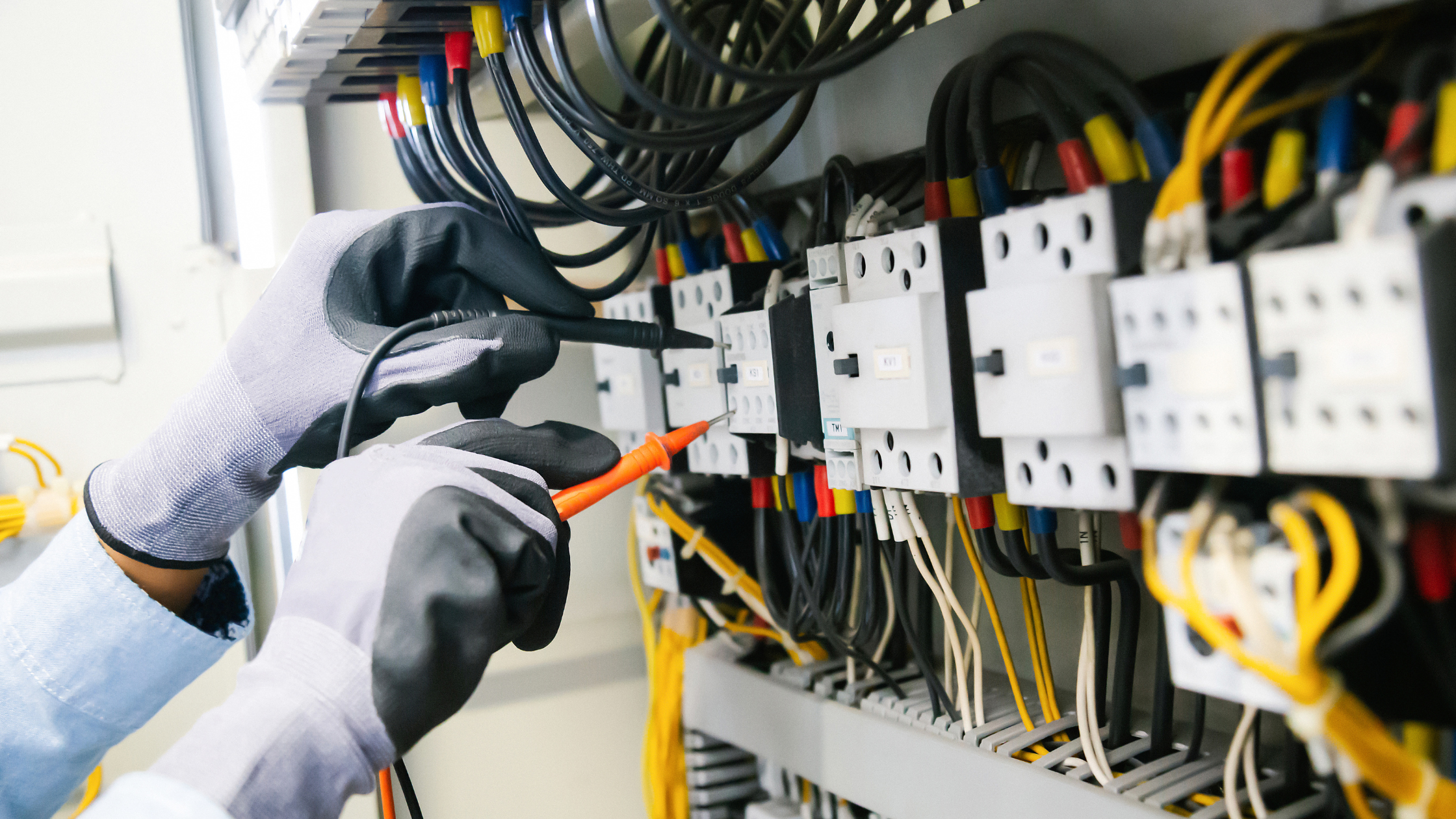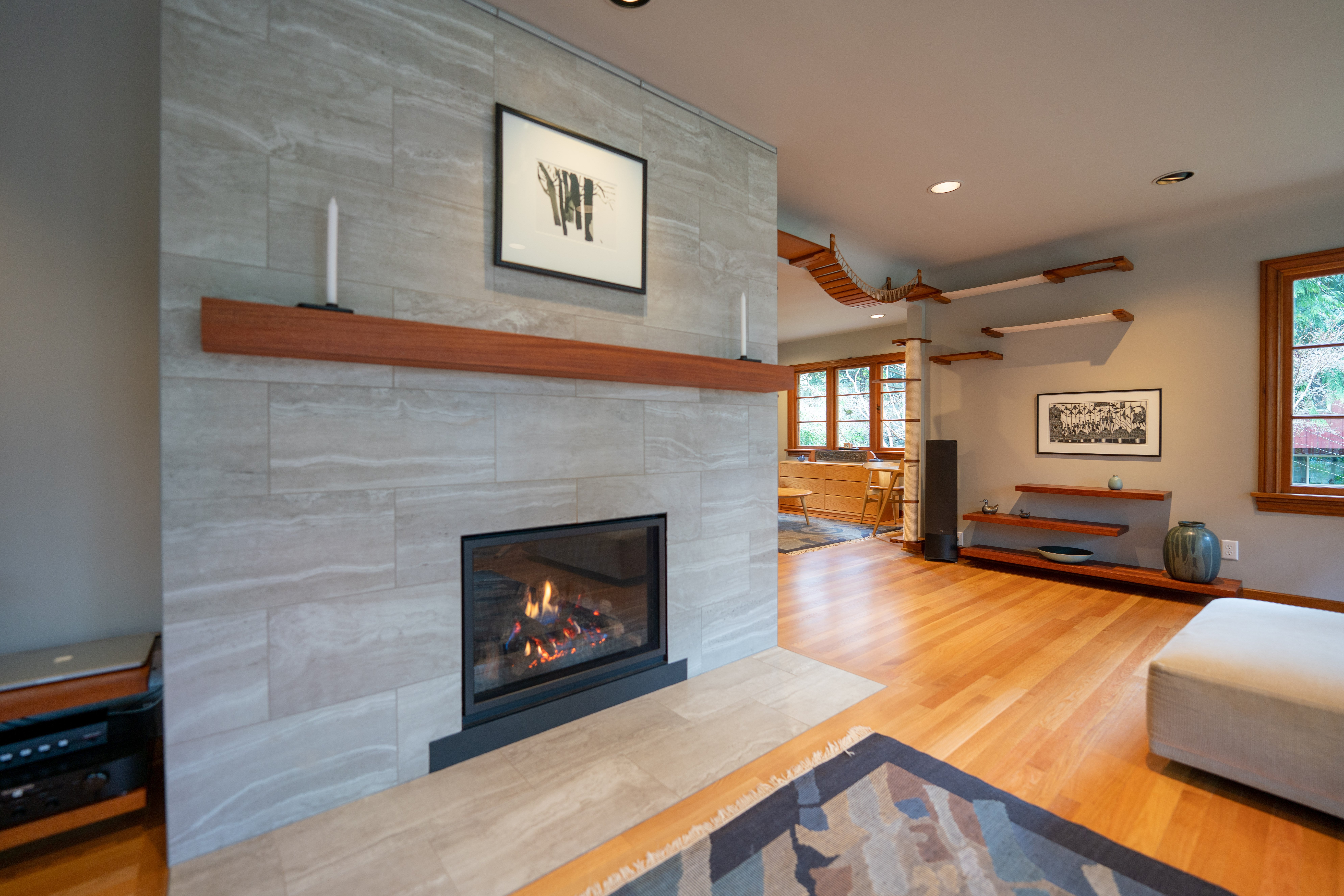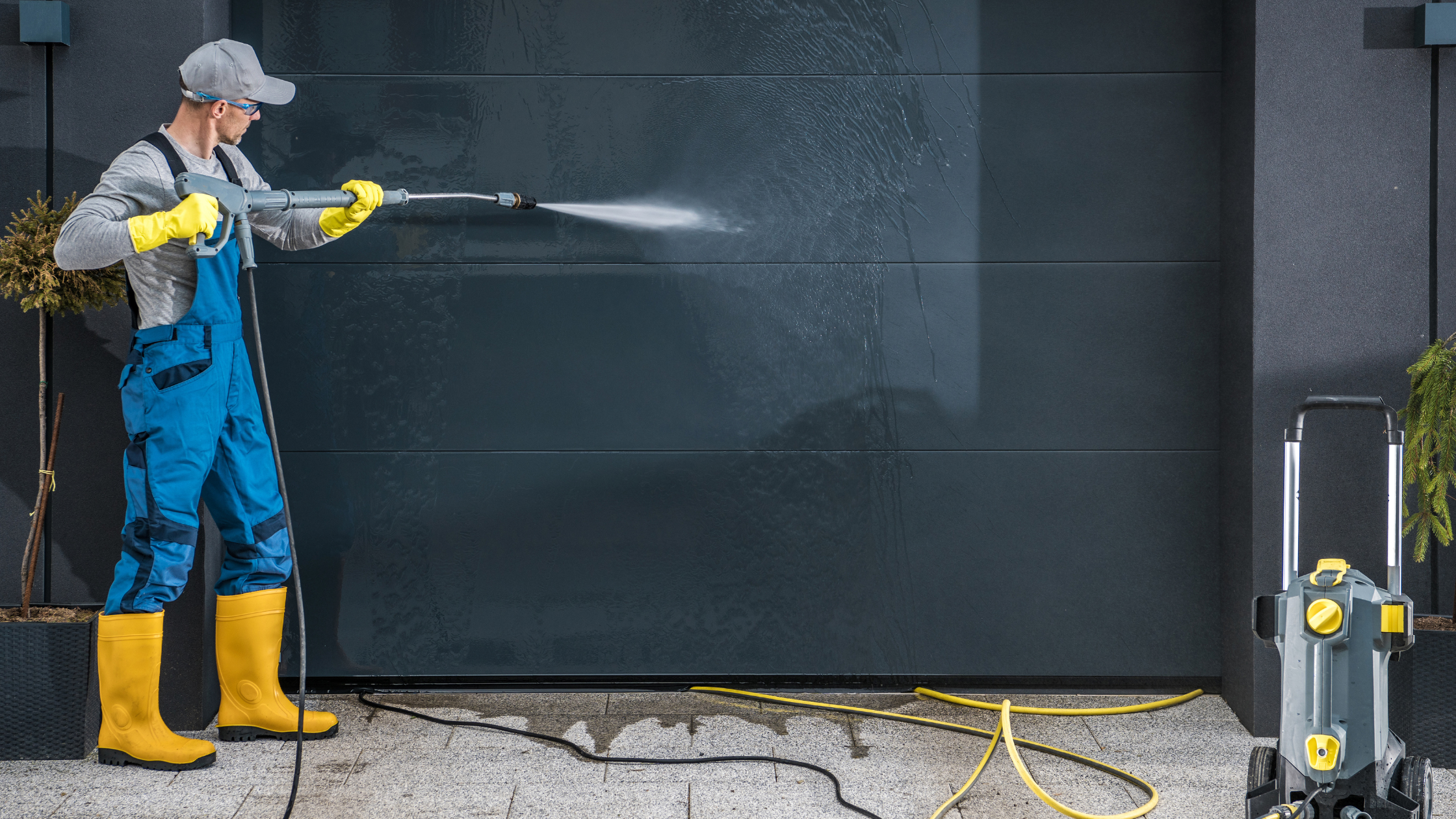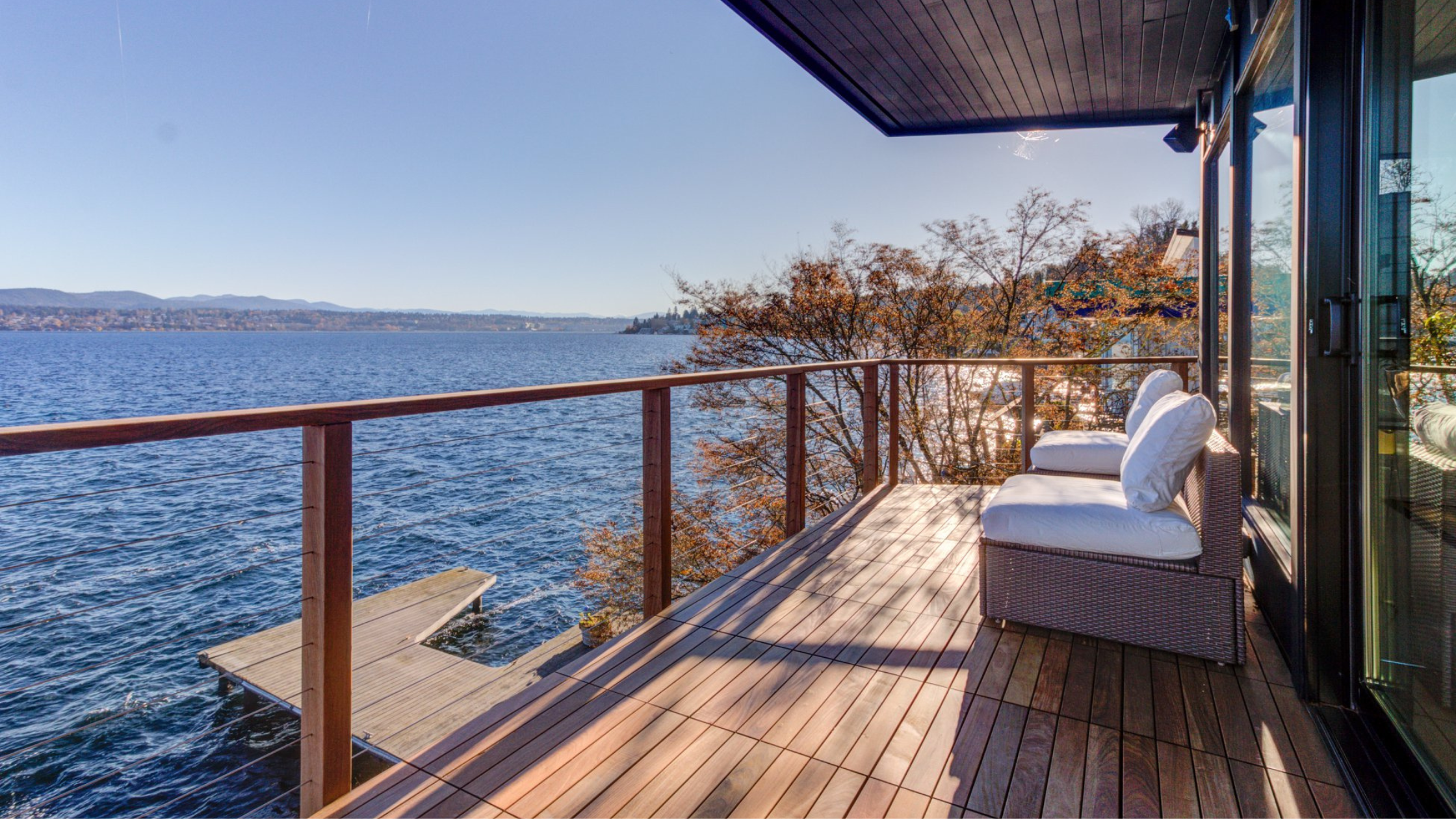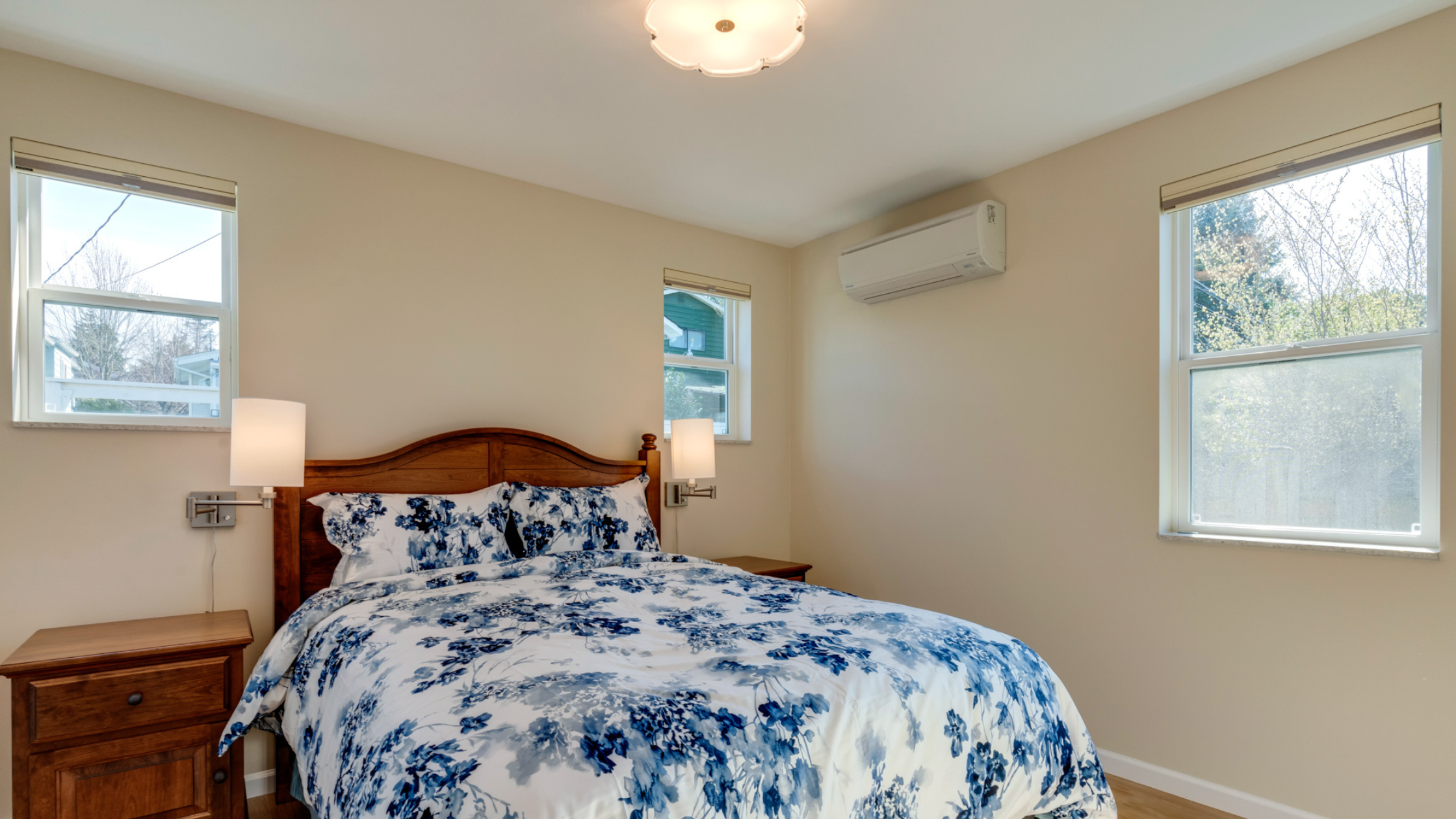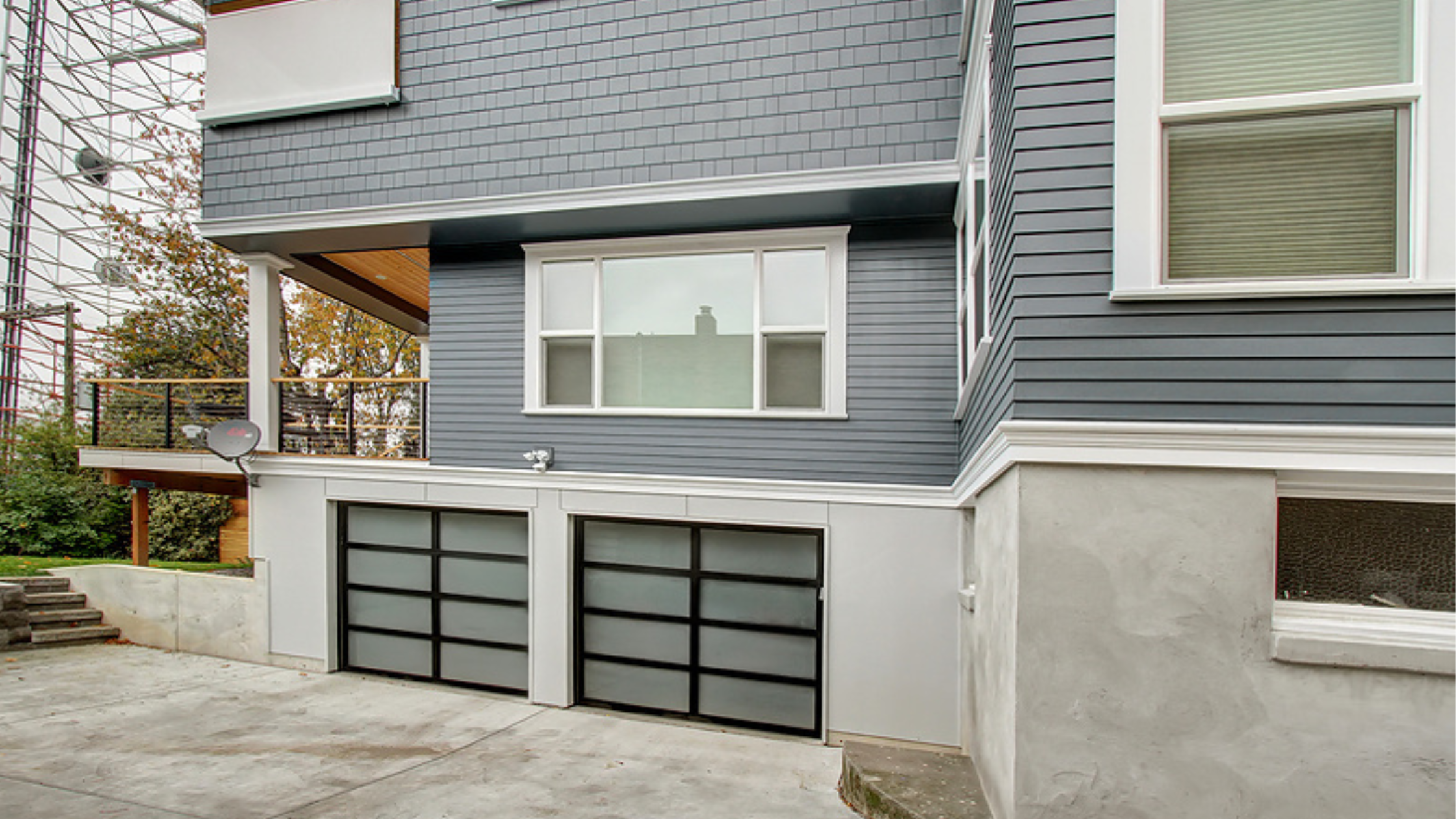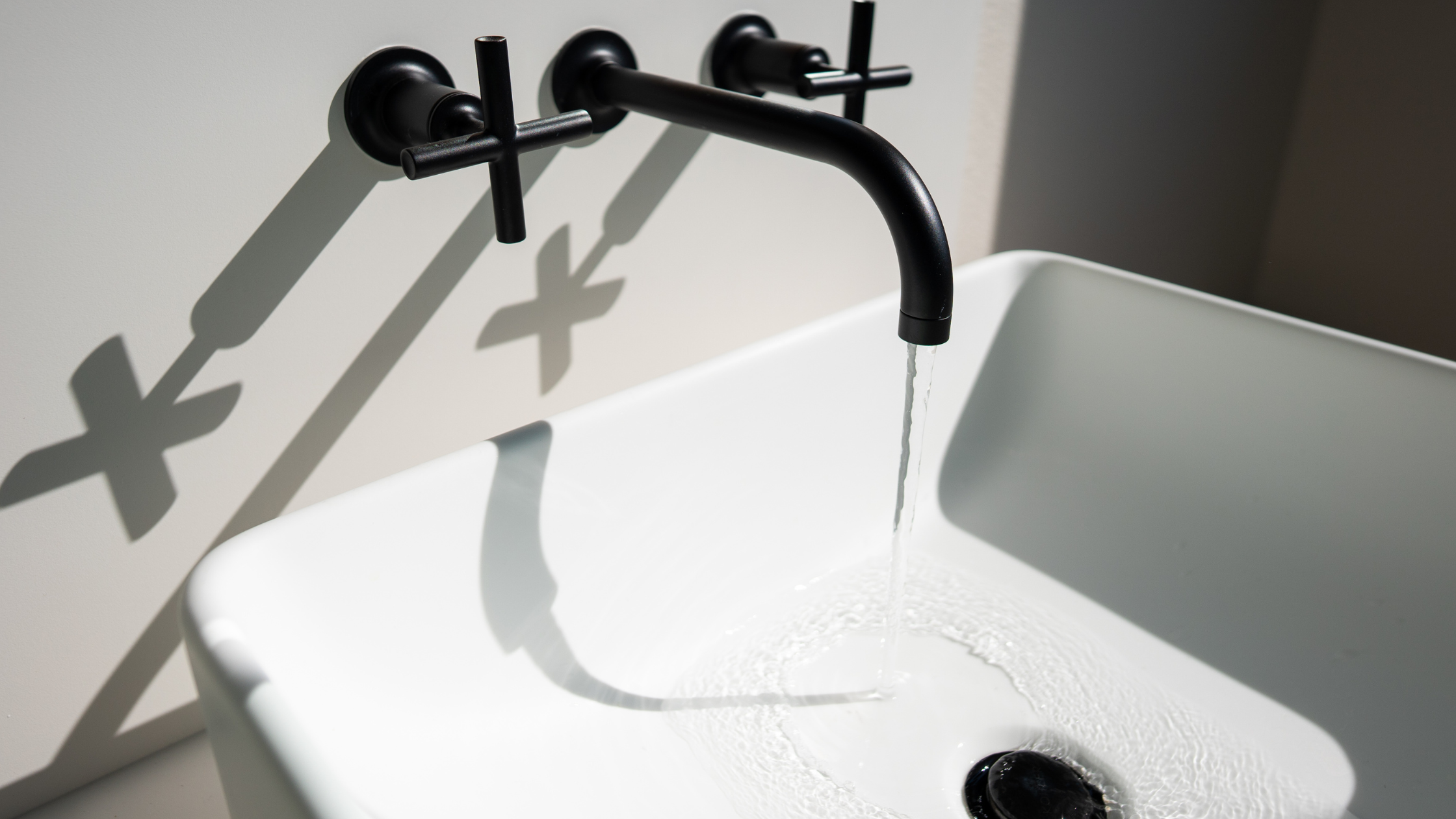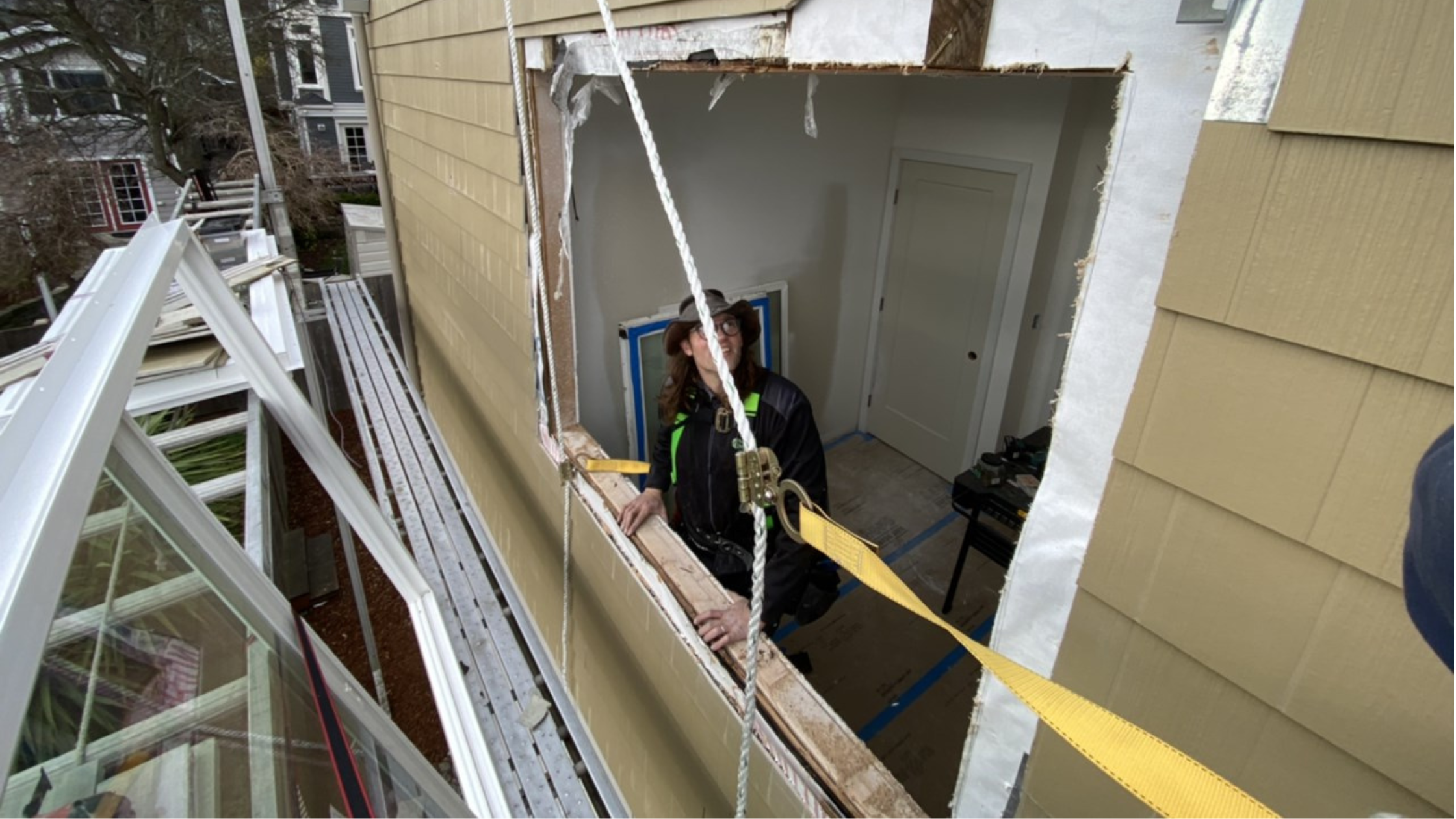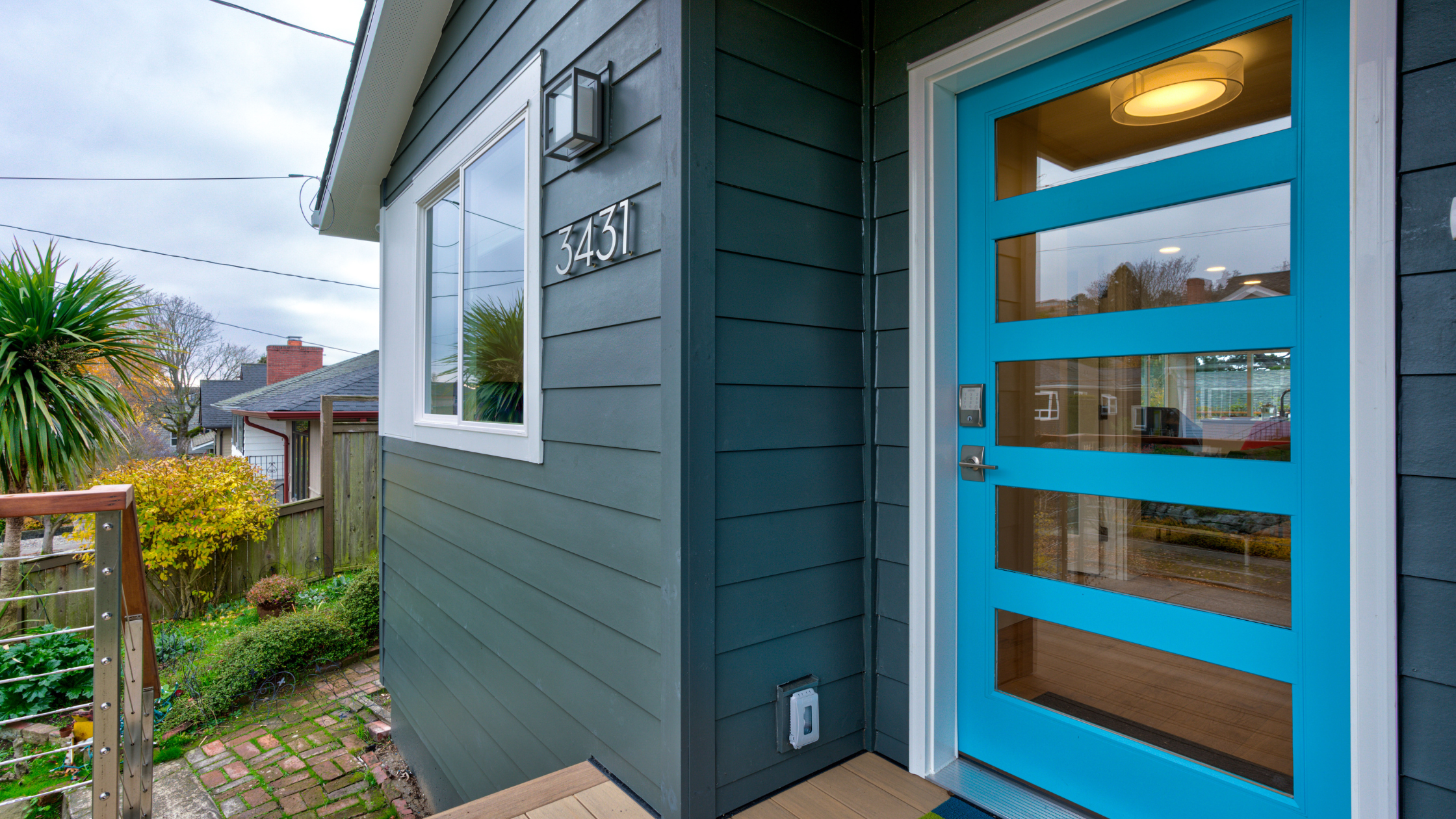Written by Bill Babb, Owner & General Manager of Better Builders
Most of us don’t give our floors a second thought—until something goes wrong. A buckle here, a squeak there, or a floorboard that lifts just enough to snag your sock—these small annoyances might be signs of something bigger. At Better Builders, we’re often called in when visible or physical damage has already occurred.
Whether it’s the result of a burst pipe, a leaky appliance, or standing water from high humidity or flooding, knowing when to repair or replace the affected area is key to preventing further damage—and protecting the structure of your home.
Table of Contents
- Common Causes of Water-Damaged Wood Floors
- The Drying Process: Why Time Matters
- Repair or Replace? Here’s How We Decide
- Professional Help vs. DIY
- Final Thoughts: Don’t Wait to Act
Spotting the Signs of Water Damage Early
The first step in the floor repair process is recognizing the signs of water damage. Common symptoms can include:
-
Buckling or crowning of wooden floors
-
Cupping or warping across an entire floor
-
Soft spots or loose, damaged boards
-
Mold growth or mildew odors
-
Discoloration and water stains
-
Squeaking, deflection, or lifted nails
If you're noticing any of these issues, it's time to assess the extent of the damage and find the source of water.
Common Causes of Water-Damaged Wood Floors
In our damp Pacific Northwest climate, excess moisture is a year-round concern. Some of the most frequent sources of water-damaged wood floors include:
-
Burst pipes behind walls or beneath floors
-
Water leaks from washing machines, dishwashers, or refrigerators
-
Standing water from appliance overflows or storms
-
High humidity leads to elevated moisture content in wooden floors
-
DIY accidents, such as using too much water while cleaning or failing to promptly dry out spills (parents of young kids, we know the struggle)
Regardless of the source, moisture levels need to be monitored carefully using a moisture meter to understand how deeply water has penetrated beneath your existing flooring.
 The Drying Process: Why Time Matters
The Drying Process: Why Time Matters
Before making any repair or replacement decisions, it’s crucial to dry out the affected area completely. The drying process may include:
-
Removing excess water with shop vacs or pumps
-
Using commercial-grade dehumidifiers and air movers to reduce moisture content
-
Monitoring progress with a moisture meter
-
Disinfecting surfaces, especially in the case of back water from sewage backups or flooding
-
Using bleach or safe alternatives for cleaning and disinfecting mold-prone areas
Keep in mind: if you’re dealing with a DIY cleanup after a significant leak, improperly drying the space can lead to hidden mold growth or structural damage. It’s critical to get this step done correctly the first time; otherwise, you risk significant issues down the road.
Repair or Replace? Here’s How We Decide
After the area has been fully dried and sanitized, we assess whether repair or full replacement is necessary. Key considerations include:
-
Extent of the damage: If less than 40% of the wooden floors are affected and materials are available, repair is usually feasible.
-
Material availability: For older floors or discontinued products like some laminate flooring, it may be impossible to find an exact match.
-
Subfloor condition: Water-damaged hardwood floors often hide damaged boards or weakened substructures beneath. In one Seattle home, warped floors near a sliding door revealed hidden rot in a structural beam—caused by a long-term roof leak.
-
Type of water: If the water was classified as clean water (like a supply line), the floor might be restorable. But damage from black water often requires full replacement.
In some cases, if the existing flooring is in otherwise good condition and the water exposure was minor, refinishing and resealing with a fresh polyurethane coat may restore durability and make it aesthetically appealing again.
 When Replacement Makes Sense
When Replacement Makes Sense
Replacing the entire floor may be necessary if:
-
Over 40% of the area is compromised
-
There’s severe mold growth or structural deterioration
-
Matching materials can’t be sourced
-
The event involved high moisture levels or prolonged exposure
-
You’re already considering a remodel
One benefit of replacement? You get to fully inspect hidden damage and install new materials with modern sealants that resist future moisture.
 Professional Help vs. DIY
Professional Help vs. DIY
While some homeowners opt for DIY drying and repairs, water damage repair is often more complex than it looks. Hiring a licensed design-build contractor ensures:
-
Proper diagnosis of the source of water
-
Full remediation of excess moisture
-
Accurate assessment of the damaged area
-
Long-term solutions that prevent future issues
We’ve seen DIY attempts where homeowners missed hidden mold or used incorrect materials, only to need full replacement months later.
 Final Thoughts: Don’t Wait to Act
Final Thoughts: Don’t Wait to Act
Delaying water damage repair can lead to costly consequences such as mildew and structural failure. Whether you’re facing warped laminate flooring from a water leak or evaluating repairs after a burst pipe, the safest move is to bring in a professional early.
If your wooden floors show signs of water damage—or if you’re just not sure what you’re looking at, our team at Better Builders is here to help assess, plan, and act before things get worse.
Do You Want to Stay Ahead of Home Repairs?
Don’t wait for flooring failures or hidden leaks to catch you off guard. Download our free eBook, Redefining Home Maintenance: The Proactive & Essential Guide for Homeowners, and learn how to spot issues early, prevent costly damage, and maintain your Seattle home with confidence.

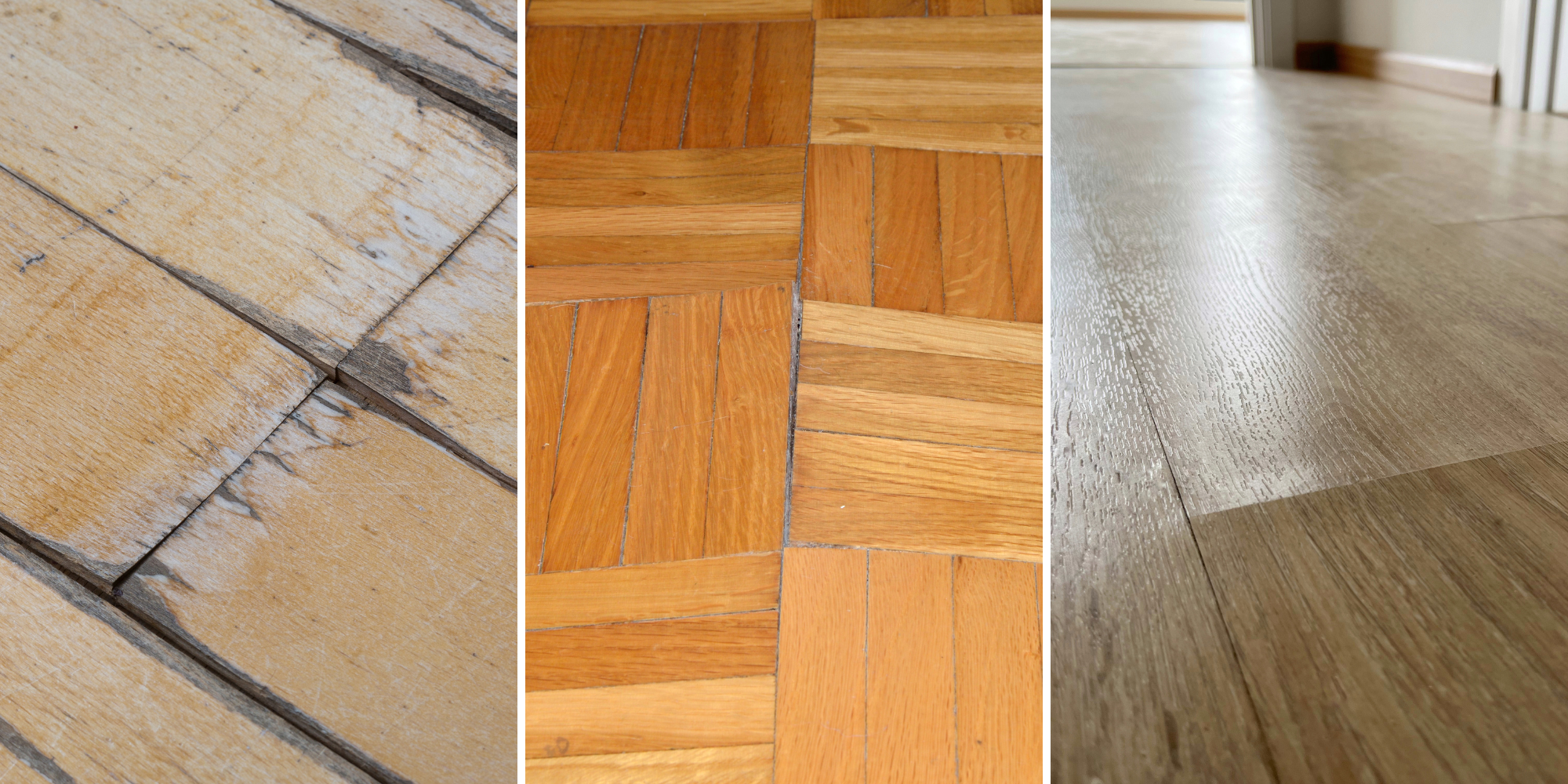


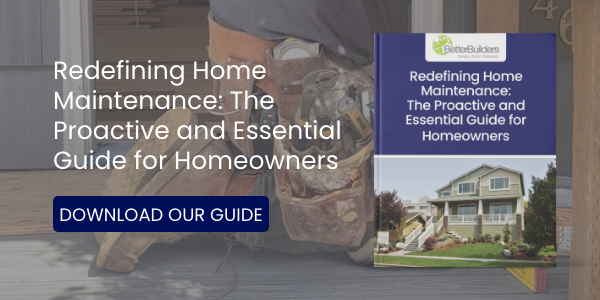


.png)
.jpg)
